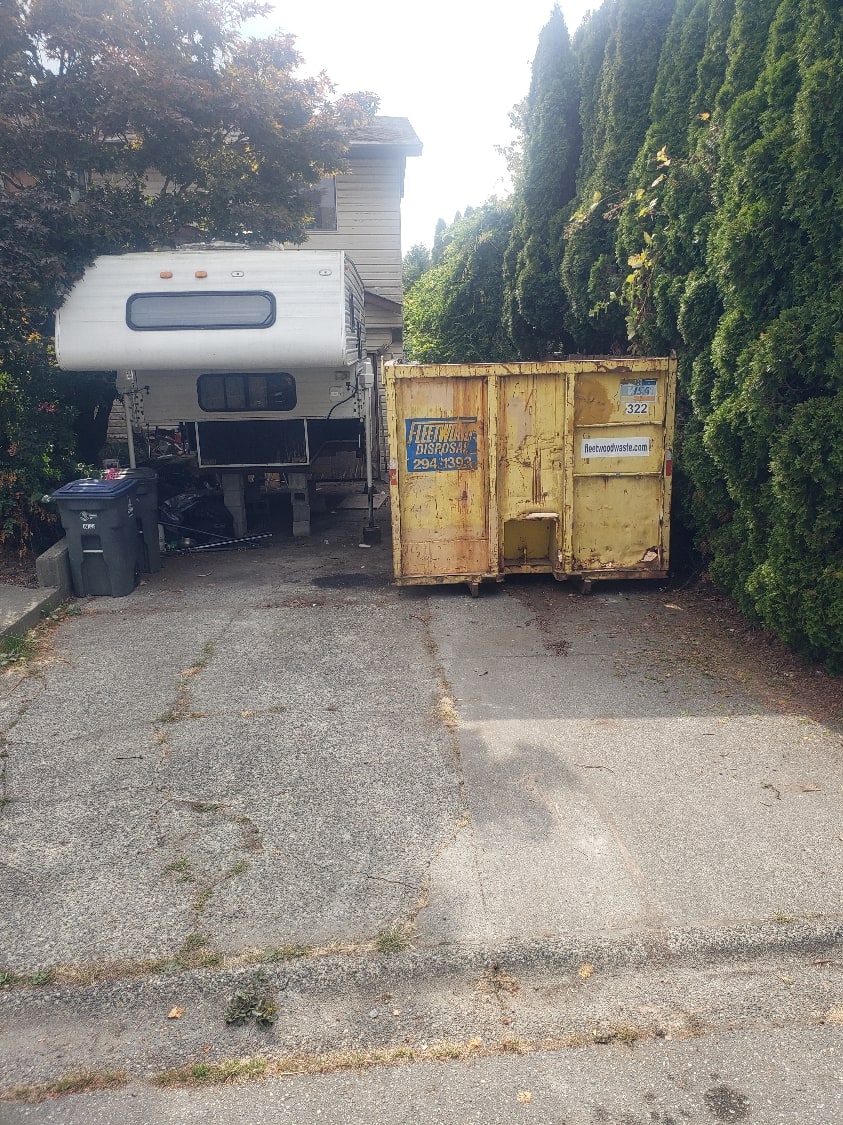
How Proper Categorization Can Facilitate Responsible Waste Management Practices
Waste management is a critical aspect of maintaining a clean and sustainable environment. However, not all waste is created equal. Understanding the different categories of waste items is essential for effective disposal and recycling efforts. In this blog post, we’ll delve into the various waste classifications and explore how proper categorization can facilitate responsible waste management practices.
The Importance of Waste Classification
Proper waste classification is vital for several reasons:
- Environmental Protection: Different types of waste require different disposal methods to minimize environmental impact and prevent pollution.
- Resource Recovery: Certain waste materials can be recycled or repurposed, conserving valuable resources and reducing the need for raw materials.
- Health and Safety: Hazardous waste poses risks to human health and the environment, requiring special handling and disposal procedures to mitigate these dangers.
Understanding the Categories of Waste Items
Waste items are typically classified into several broad categories based on their characteristics and potential environmental impact:
- Municipal Solid Waste (MSW):Municipal solid waste, or MSW, refers to everyday household and commercial waste generated from homes, businesses, schools, and institutions. This category includes items such as food scraps, paper, plastics, glass, and non-hazardous household chemicals. Municipal waste management services typically collect MSW for disposal in landfills or through recycling and composting programs.
- Recyclable Waste:Recyclable waste consists of materials that can be processed and converted into new products. Common recyclable materials include paper, cardboard, plastic bottles, glass containers, and metal cans. Recycling these materials reduces the demand for virgin resources, conserves energy, and minimizes greenhouse gas emissions associated with manufacturing processes. Recycling programs vary by location, but many municipalities offer curbside recycling services or have designated recycling drop-off centers.
- Organic Waste:Organic waste comprises biodegradable materials derived from plants or animals. This category includes food waste, yard trimmings, wood waste, and other organic matter. Organic waste can be composted to produce nutrient-rich soil amendments for gardening and agriculture. Composting organic waste helps divert it from landfills, where it would decompose anaerobically and produce methane, a potent greenhouse gas.
- Hazardous Waste:Hazardous waste poses substantial risks to human health and the environment due to its toxic, flammable, corrosive, or reactive properties. This category includes materials such as batteries, fluorescent bulbs, electronic waste (e-waste), pesticides, solvents, and certain chemicals. Hazardous waste must be handled and disposed of with extreme caution to prevent contamination and pollution. Specialized facilities and procedures are required for the safe treatment, storage, and disposal of hazardous waste.
- Construction and Demolition (C&D) Debris:Construction and demolition debris consists of materials generated from building, renovation, and demolition activities. This category includes concrete, asphalt, wood, drywall, metals, and insulation. C&D debris can be recycled and reused in new construction projects, reducing the volume of waste sent to landfills and conserving natural resources. Many municipalities have C&D recycling programs or facilities that accept these materials for processing.
Responsible Waste Management Practices
Proper waste management involves adopting responsible practices to minimize waste generation, maximize resource recovery, and protect public health and the environment. Some key strategies include:
- Reduce, Reuse, Recycle: Follow the principles of the waste hierarchy by minimizing waste generation, reusing items whenever possible, and recycling materials to divert them from landfills.
- Segregation: Separate waste items into appropriate categories, such as recyclables, organic waste, and hazardous materials, to facilitate proper disposal and recycling.
- Education and Awareness: Raise awareness about the importance of waste reduction, recycling, and responsible consumption habits among individuals, businesses, and communities.
- Compliance with Regulations: Adhere to local, state, and federal regulations governing waste management, including proper handling, transportation, and disposal of hazardous materials.
Conclusion
Understanding the categories of waste items is essential for implementing effective waste management practices and promoting environmental sustainability. By properly classifying waste materials and adopting responsible disposal and recycling methods, we can minimize environmental impact, conserve resources, and create a cleaner, healthier planet for future generations.
For reliable waste management solutions in your area, contact Fleetwood Waste at 604-294-1393. Our team is committed to providing efficient and environmentally responsible waste disposal services for residential, commercial, and industrial customers.

